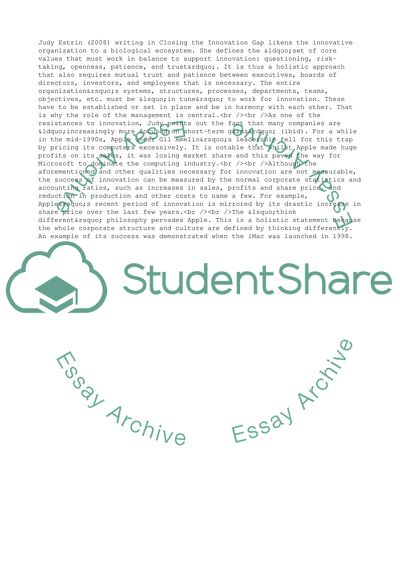Cite this document
(Leading Innovation and Change Case Study Example | Topics and Well Written Essays - 1500 words, n.d.)
Leading Innovation and Change Case Study Example | Topics and Well Written Essays - 1500 words. https://studentshare.org/management/1720530-case-study-analysis
Leading Innovation and Change Case Study Example | Topics and Well Written Essays - 1500 words. https://studentshare.org/management/1720530-case-study-analysis
(Leading Innovation and Change Case Study Example | Topics and Well Written Essays - 1500 Words)
Leading Innovation and Change Case Study Example | Topics and Well Written Essays - 1500 Words. https://studentshare.org/management/1720530-case-study-analysis.
Leading Innovation and Change Case Study Example | Topics and Well Written Essays - 1500 Words. https://studentshare.org/management/1720530-case-study-analysis.
“Leading Innovation and Change Case Study Example | Topics and Well Written Essays - 1500 Words”. https://studentshare.org/management/1720530-case-study-analysis.


